The Calf muscle extends from the back of the knee to the back of your heel. It’s fibers are vertical, meaning they extend from top-to-bottom and pull up (and somewhat down.). The Calf is composed of two major muscle groups– the Soleus and the Gastrocnemius. The Soleus is a flounder-shaped muscle, flat and oval-like, that is closest to the leg bone. The Gastrocnemius is the most prominently seen muscle, it extends over the Soleus and is divided into two heads, like the Bicep. It is a round-bellied muscle group and is the largest from the portion closest to the knee and “tapers” down towards to the heel. When well developed, the Gastrocnemius is a very large muscle group that defines what the Calf looks like. Overall, the Calf’s function is to lift the heel; you can see this when you walk, jump, ride a bike, and just mess around with your feet. The Soleus comes most into play when doing seated Calf exercises and the Gastrocnemius comes most into play when doing standing Calf exercises. This is because the Soleus is shorter in length than the Gastrocnemius. When seated, your knee forms a 90-degree angle and relaxes the Soleus, and contracts it when trying to raise the heel there-on after. The Gastrocnemius is longer, so it is mostly used when standing (it’s relaxed position.)
There are tons of Calf exercises you can choose from:
–Donkey Calf Raises– Typically done on a machine that requires for you to bend over, place your feet on a foot support, and have the weight placed on your back. It’s called the Donkey Calf Raise because you look similar in appearance to a donkey when bent over, and you’re carrying weight on your back. Before this machine was actually invented, bodybuilders, such as Arnold Schwarzenegger, performed this exercise by having a person sit on their backs. This method is great when equipment is limited, but ensure the person’s weight is good for high volume use.
–Standing Calf Raises– This one can be performed a couple of different ways. The first would be on a Standing Calf Raise Machine. This machine is designed so that the pads rest on your Shoulders and your head goes in between, there are handles on the sides of the pads for you to hold onto for balance. Start off by placing your Shoulders in a comfortable position and then proceed to positioning your feet on the machine’s foot support. Your knees should remain bent (slightly) and neutral so as to not turn the exercise into a Squat. Once in position, lift your heels onto the balls of your feet where the contraction is optimally felt. Another variation can be done using a barbell, Smith Machine, or Dumbbells, and something to elevate your feet a couple of inches to allow for you stretch the Calf and go through a full range of motion. Simply stand with your heels hanging off of the foot support and lift your body onto the balls of your feet.
–Seated Calf Raises– There are many different Seated Calf Raises, one requires for you to sit down, position your feet on the foot support, place a pad (from the machine) on your knees, and raise away. Others require the use of a pair of dumbbells placed on your knees, or even a barbell. Another variant is sitting on a machine that actually looks like a chair, that simulates a Standing Calf Raise in that your legs will be straight, and not bent at 90-degrees, but you will be seated. This one very good for working the Gastrocnemius portion of the Calf without having to put stress on the spine and lead to an injury. Another popular Seated Calf Raise exercise requires a good ol’ piece of machinery called the Leg Press. As you would by now imagine, this one is performed by sitting down in the machine as if you were going to use it for Leg Presses, but place the front portion of your feet on the bottom edge of the sled of the machine and let the remaining half of your foot hang off, then simply raise the sled up and down with the balls of your feet. There are many other variations that you can use that will target the Calf. Just remember that the seated variations work the Soleus and the variations with the legs that are extended work the Gastrocnemius more profusely.
Feet positioning: Toes pointing out, toes pointing forward, and toes pointing inward. Each positioning serves its own purpose. When the toes are pointing outward, the innermost head of the Gastrocnemius is worked. When the toes are pointing forward, the overall Calf is worked. And when the toes are pointing inward, the outermost head of the Gastrocnemius is worked. When using each position, remember to raise onto the balls of your feet at all times. If you feel that your feet are slipping off of the foot support, stop briefly and reposition them so that you may continue the exercise with proper form and not risk your feet slipping. When saying to raise yourself onto the balls of your feet, the big-toe’s ball is meant. The big-toe’s ball is the highest you can raise yourself on to without getting on your tippy-toes like a ballerina. Using each positioning works the same way as if you were using different grips or stances in other exercises.
High or Low Volume?: The Calves are composed of slow-twitch muscle fibers, meaning that they have a shorter range or motion to go through in order to do what they were meant to do. Since they go through a smaller range of motion, they can perform higher amounts of repetitions for an extended period of time. Being that the Calves were meant to endure and provide long-term use (as in walking, running, etc…), you are capable of using them for higher volume training. It has been proven that the Calves tend to respond better to a higher volume regimen when trained. So pick a weight you feel comfortable performing 15-25+ repetitions per set with. You can do drop-sets if desired, just keep in mind it will be difficult to walk the next couple of days as if you were to do drop-sets on legs, but it’s not bad. Training the Calves with a higher frequency is a beneficial thing to do in that you will get them accustomed to your weight faster, and you will be able to go up in weight and repetitions quickly. Calves were meant to be used a lot, so work with them to the best of your abilities. 15 minutes everyday or every other day with moderate to high intensity will ensure a great pair of Calves. With a well developed set of Calves, you’ll be able to RAISE the roof!
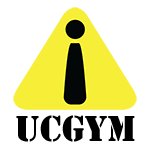
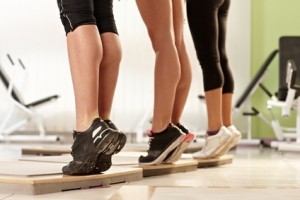
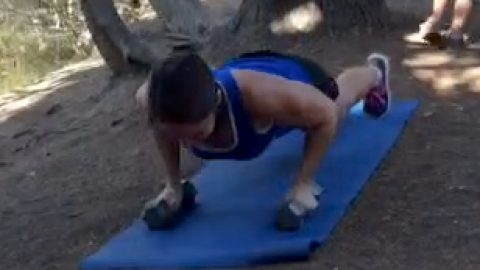
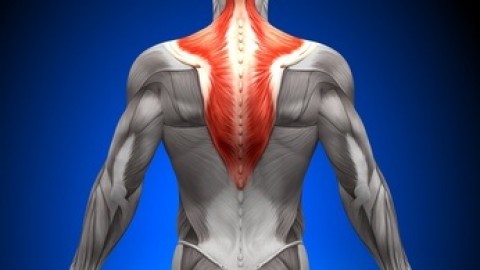
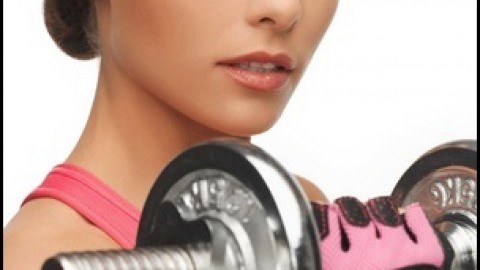
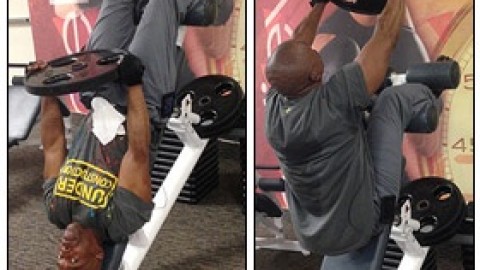
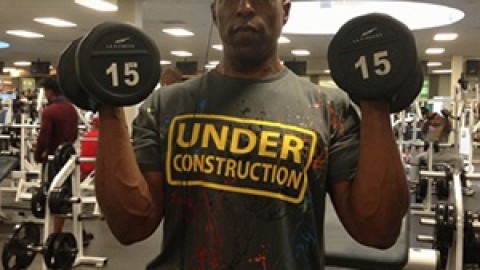
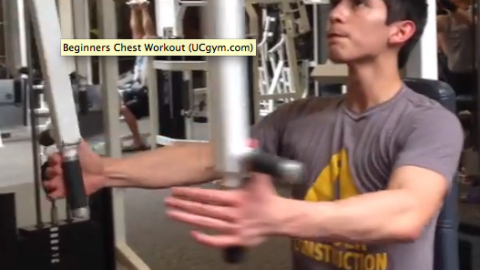
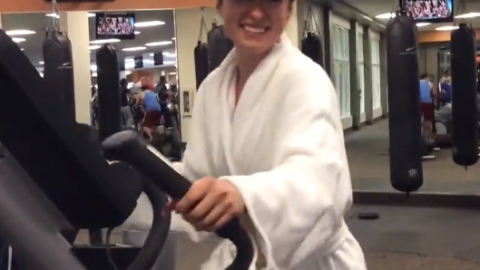
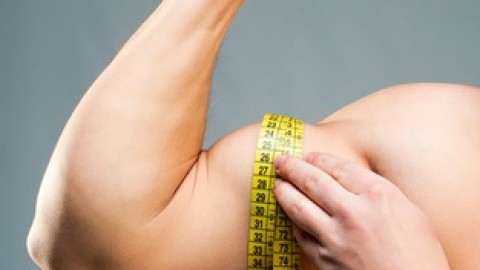
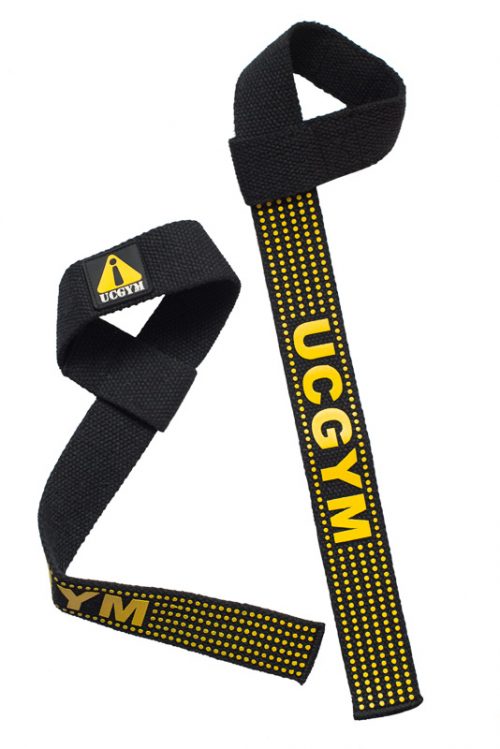
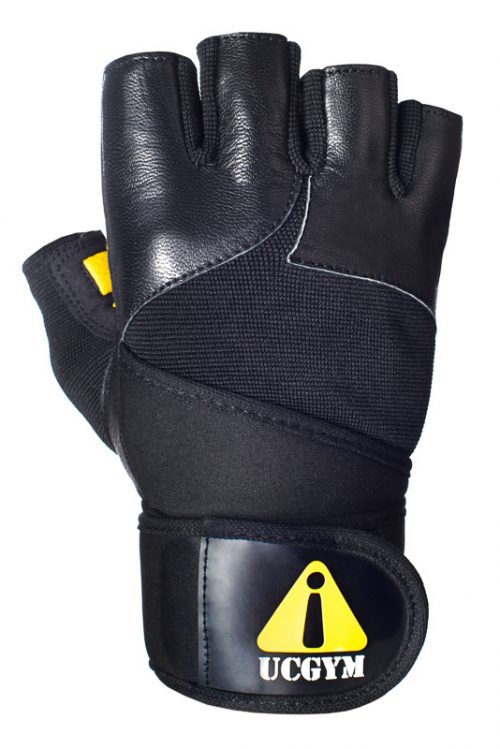
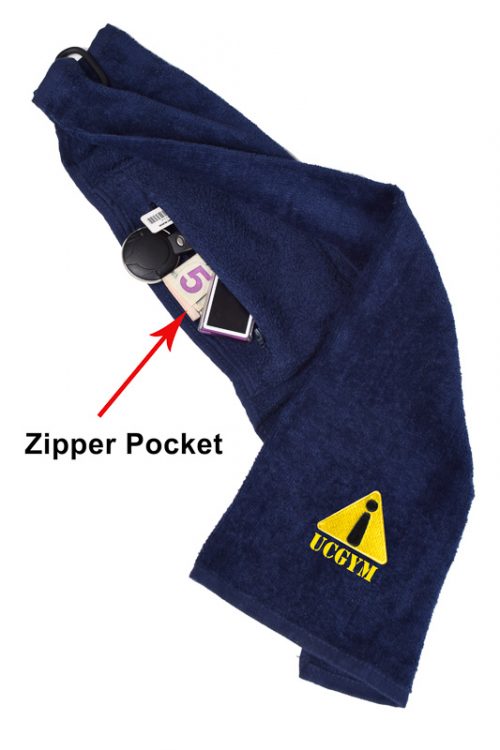
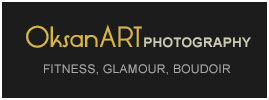
This was very informative and helpful, thank you! I’m trying to build my calves and it’s suuuupppeeerrr hard because I haave minimal muscle there and weak ankles. I’m going to try the various calf raises.